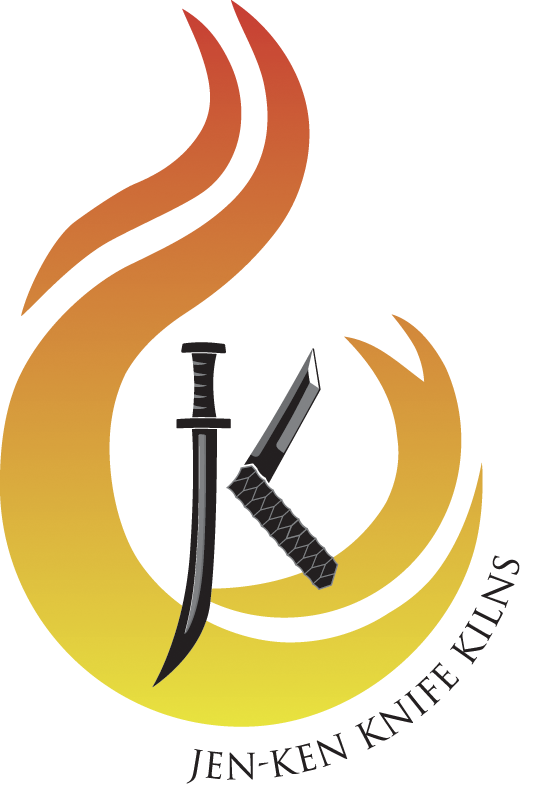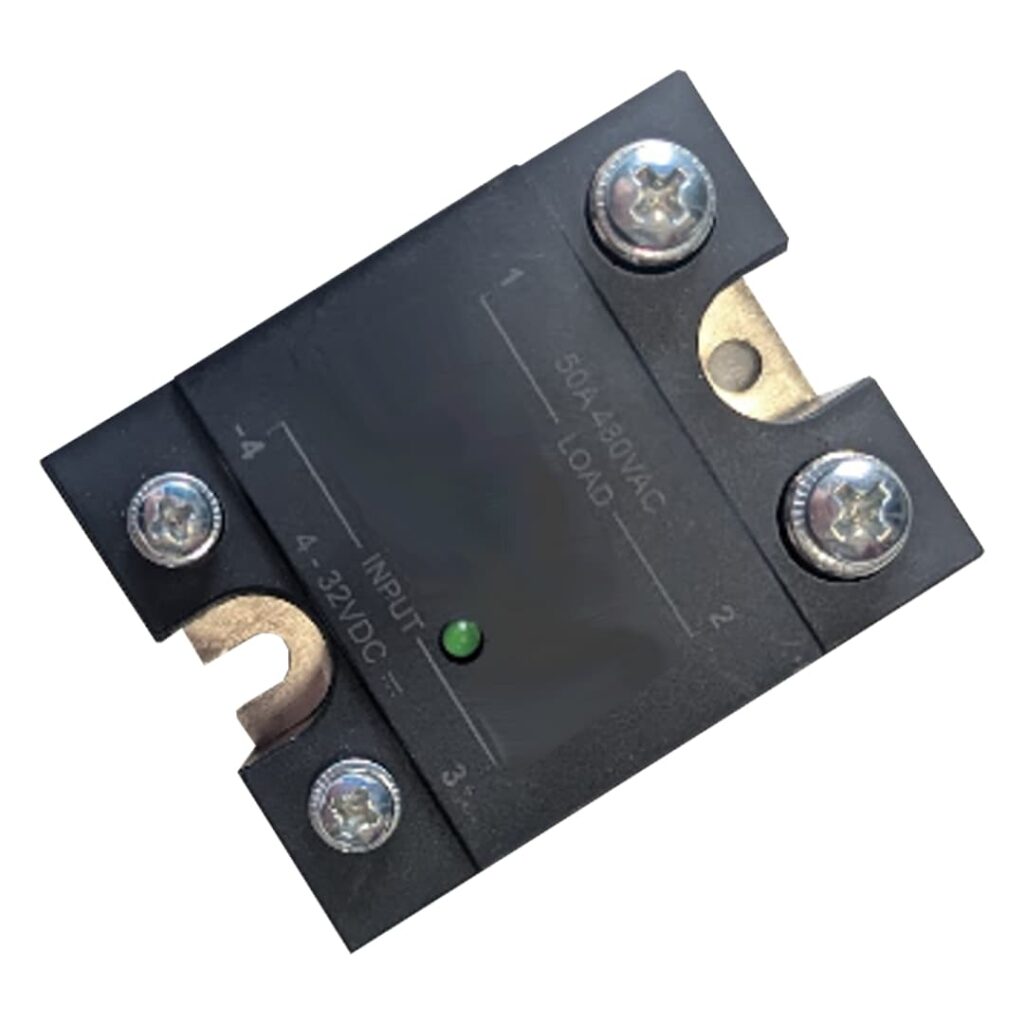If you’re trying to fix kiln relays or upgrade your current system, understanding the difference between mechanical relays and solid-state relays is essential. Let’s break down what these components are and how they impact your kiln’s performance.
What Is a Kiln Relay?
A kiln relay is a crucial component found inside your kiln’s control box. Its job is to turn the power to your kiln’s heating elements on and off. Relays act as a gatekeeper, using a small input signal to control a much larger power load. Whether you’re running a glass, ceramic, or knife kiln, every time the elements power on or off, you’re hearing the work of a relay.
Mechanical Relays in Kilns (Electromechanical Relays)
A mechanical kiln relay—or electromechanical relay (EMR)—uses moving parts to create a physical connection inside the relay. This motion is driven by electromagnetic force when a low-voltage signal is applied. You’ll often hear a “click” when this happens. That’s your EMR in action.
Pros:
-
Lower initial cost
-
Simple to replace
Cons:
-
Wears out over time
-
Springs and parts weaken, causing false trips or relay failure
-
More frequent maintenance as firing cycles increase
Over time, mechanical relays in kilns are prone to aging and failure. If you fire often or need consistent results, the cost of fixing kiln relays can add up quickly.
| Category | Solid State Relays | Electromechanical Relays |
|---|---|---|
| Electrical Noise | – Zero voltage turn-on and zero current turn-off – Minimal electrical disturbance |
– Generates significant signal noise due to mechanical system |
| Power Consumption | – Low power consumption – Requires little input for switching – Energy-efficient – High heat generation |
– Higher input power required – Dependent on switching voltage and material resistance |
| Shock & Vibration | – Highly resistant – Reliable in demanding environments |
– Susceptible to external forces – Prone to unreliable operation |
| Switching Capabilities | – Responds in < 100μs | – Responds in 5–15 ms – ~100x slower than SSR |
| Compatibility with Control Systems | – No sparks or arcs – 4kV isolation – Immune to magnetic fields – Safe with volatile materials |
– Can arc – Not suited for volatile environments or strong magnetic fields |
| Performance in Harsh Environments | – Excellent resistance – Safe for volatile environments |
– Unsafe for volatile matter – Magnetic field interference |
| Positional Sensitivity | – Mount in any position – Not affected by external force |
– Must be perpendicular – Sensitive to external force |


